Given President Trump’s executive orders that strip protections for the transgender community, it might be tempting to see EgoPo Classic Theatre Company’s production of Mae West’s campy classic, “The Drag,” as yet another political statement, excruciatingly and painfully relevant.
“At this point, any queer art and any trans art is an act of resistance,” said Rebecca Wright, the play’s director.
Even so, “the play is a pretty funny raucous good time,” Wright said.
“Mae West put some really dark scenes in it and certainly we did our utmost not to shy away from those,” she said. But the play concludes with a big party scene, and it has a “fun and joyful, celebrate-y vibe and we’re making a claim on it.”
“We’re making a commitment to celebration despite the world we are in,” Wright said, “and that comes through in the play – like defiant celebration.”
With a 10-show run ending on Feb. 9, Mae West’s defiant celebration in Philadelphia will last longer here than it did nearly a century ago on Broadway, where “The Drag” closed before it opened, under threat from the New York Society for the Suppression of Vice. It lasted two weeks in Connecticut, playing to a sold-out audience, before the vice goons shuttered it. Same thing happened in Bayonne, New Jersey, ahead of “The Drag’s” scheduled move to Broadway.
“How do you do a play that is both significant and dated and not have it just be a museum piece?” asks Rebecca Wright (left), the play’s director. (Courtesy of EgoPo Classic Theatre Company) At about the same time in 1927, the police carted Mae West off to jail for her first star Broadway performance in “Sex,” her critically panned but wildly popular play. Subversively sexy, West told the press she wore silk underwear in prison. As it turned out, her eight days behind bars earned her lots of positive publicity.
To authentically portray gay life in “The Drag,” West invited her gay friends to parties, inviting them to collaborate. The slangy banter – very 1920s – comes directly from those parties and in West’s production, the actors are left to improvise in certain scenes, making the whole situation even more realistic.
In “The Drag,” unknown to his wife, a closeted socialite hosts secret drag balls. Complicating matters is the fact that his father-in-law happens to be the leading so-called expert on gay conversion therapy.
West, a movie star sex symbol, performed as a male impersonator in early burlesque shows. She wrote “The Drag” under Jane Mast, her pen name.
“I think the history of this play is really fascinating, but I didn’t want an audience member to have to read up on it to come and appreciate the production,” Wright said.
Building ‘a bridge’
“The Drag” posed an interesting directorial challenge for Wright.
“How do you do a play that is both significant and dated and not have it just be a museum piece?” Wright said. “I wanted to build a bridge between our time and her time and between our contemporary aesthetics and 1927’s so you could come with nothing but yourself and be invited into the experience.”
Because West’s script includes stage directions asking the actors to ad lib, Wright decided to invite two queer Philadelphia playwrights to devise more contemporary dialogue. Playwrights Thomas Choinacky and AZ Espinoza penned lines for the actors to deliver both in and out of character in response to what is going on in the play.
https://i0.wp.com/billypenn.com/wp-content/uploads/2025/01/the-drag-rehearsal-scaled.jpg?fit=2560%2C1440&ssl=1
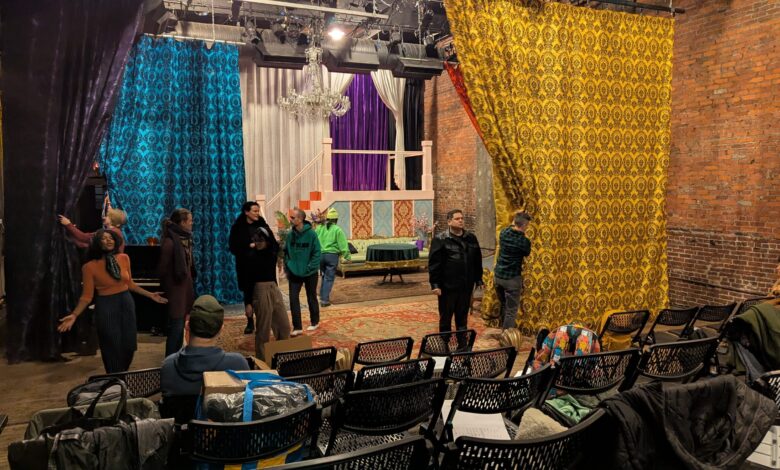





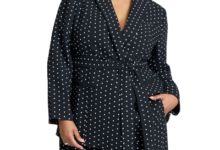
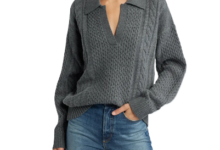








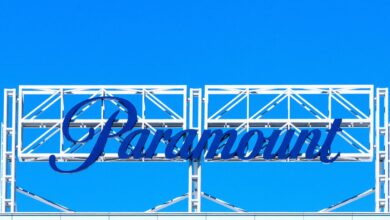



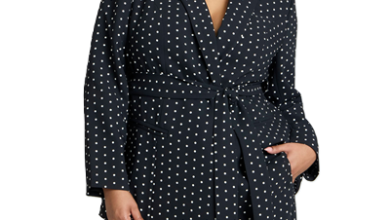
Go to the Arqam options page to set your social accounts.